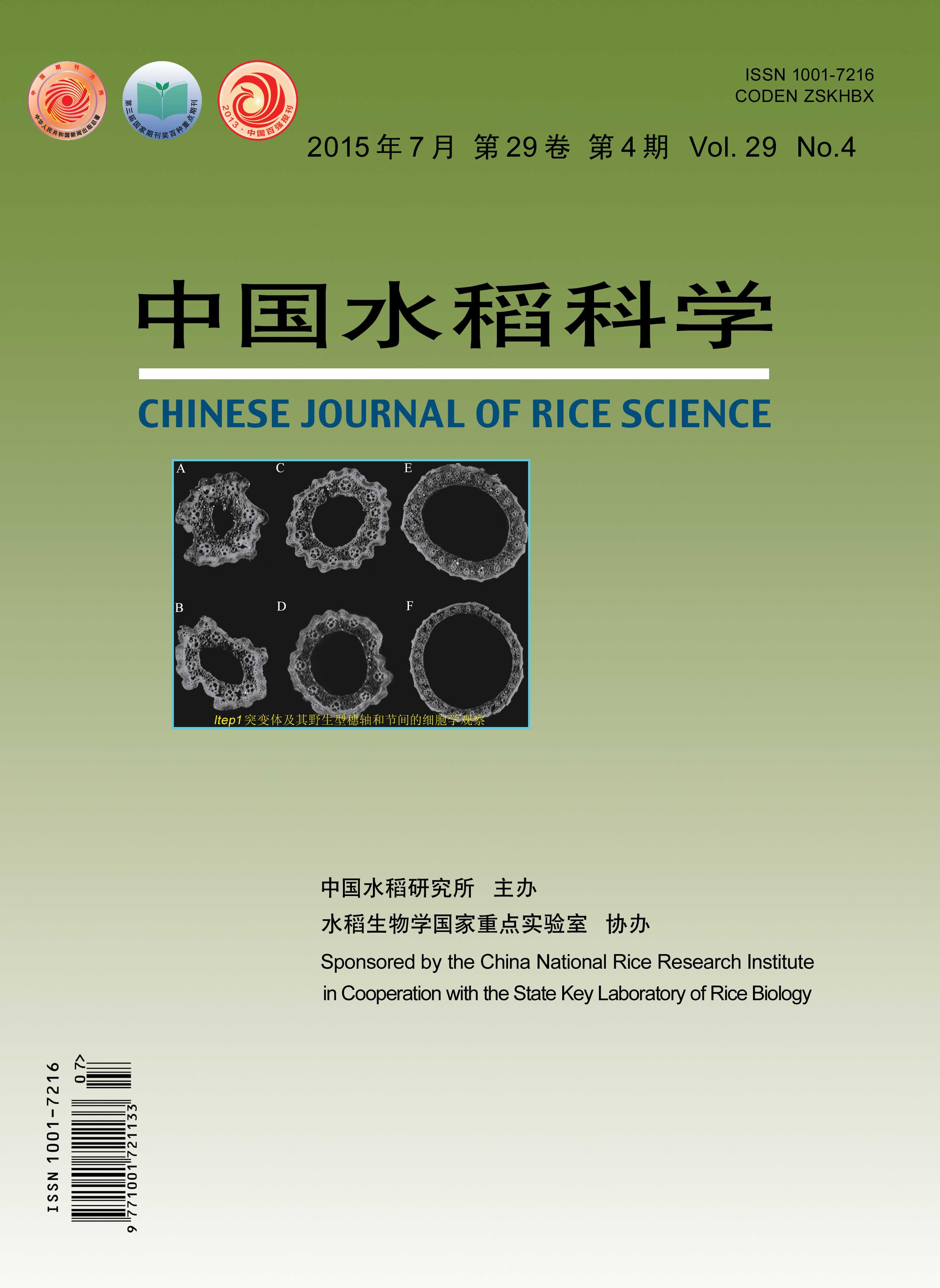A field experiment was conducted from 2008 to 2010 to reveal the effects of different nitrogen (N), phosphorus (P) and potassium (K) treatments on rice yield, quality, nutrient absorption-utilization and economic benefit by using the “3414” fertilizer experiment design. Results showed that N, P and K fertilization significantly increased rice grain yield, and the effect of combined application of those three fertilizers on grain yield was better than the combination of any of two fertilizers; the yield-increasing effect followed the order of N>K>P. The highest yield was obtained in N3P2K2treatment, being 8746 kg/hm2. N fertilization improved gel consistency (GC), protein content (PC) and total amino acid content, meanwhile reduced alkali spreading value (ASV); P fertilization improved PC; K fertilization improved GC, ASV and PC. The rice total nutrient (N, P2O5, K2O) accumulation and nutrient absorption rates per 100 kg seeds increased with increasing fertilizer application rates, while the nutrient absorption and utilization efficiency and agronomic efficiency decreased with the increase of applied fertilizer rates. The absorption and utilization efficiency for N, P and K were 25.2%, 38.3% and 36.0%, respectively. The economic benefits were increased by 21.1%, 20.3%, 20.3% and 22.4% for N2P2K2, N2P3K2, N2P2K1 and N3P2K2 treatments, respectively, compared with N0P0K0 treatment. According to the fertilizer effect equations, the N, P(P2O5 ) and K( K2O) application rates for the highest grain yield were 258.8 kg/hm2,39.3 kg/hm2 and 100.8 kg/hm2, respectively.

